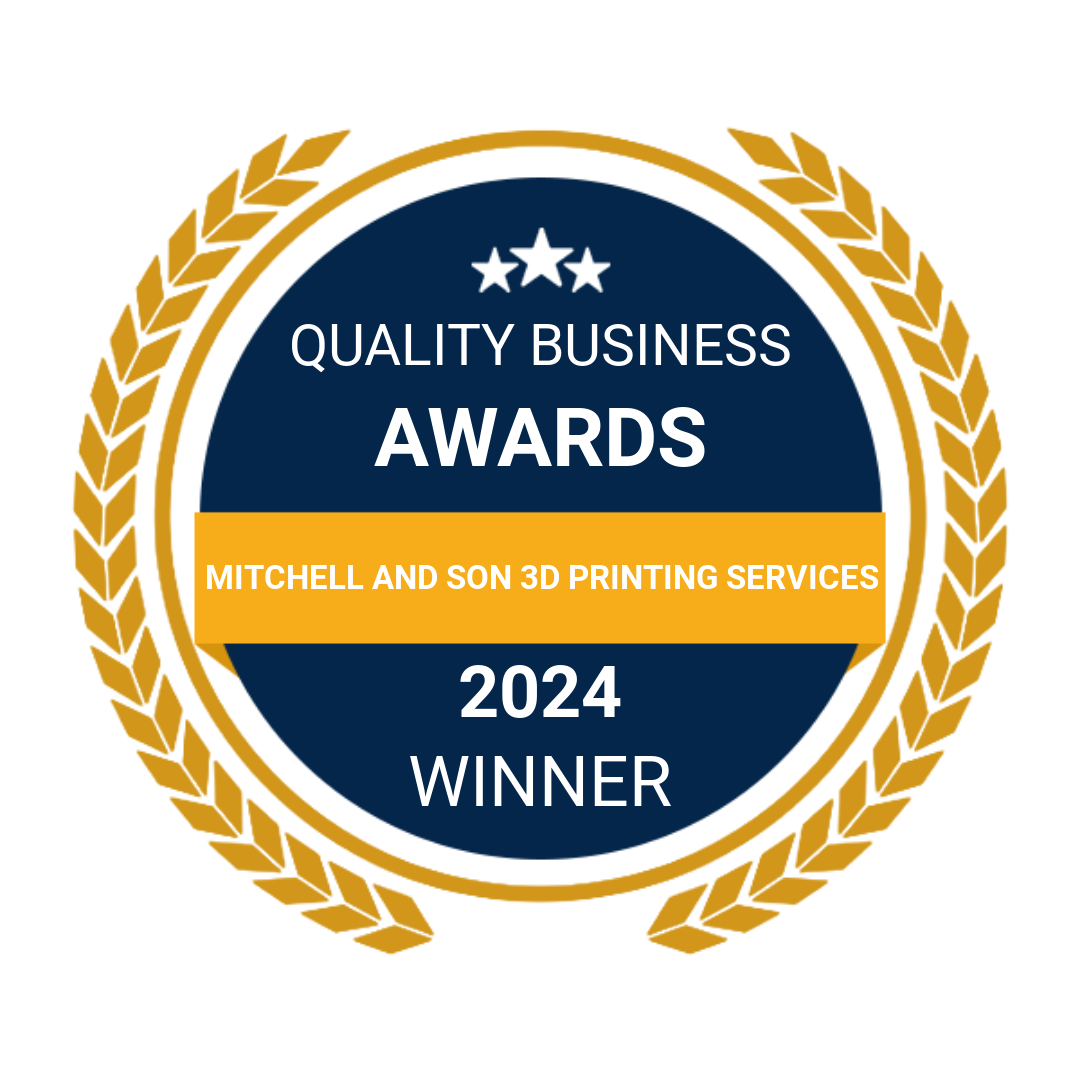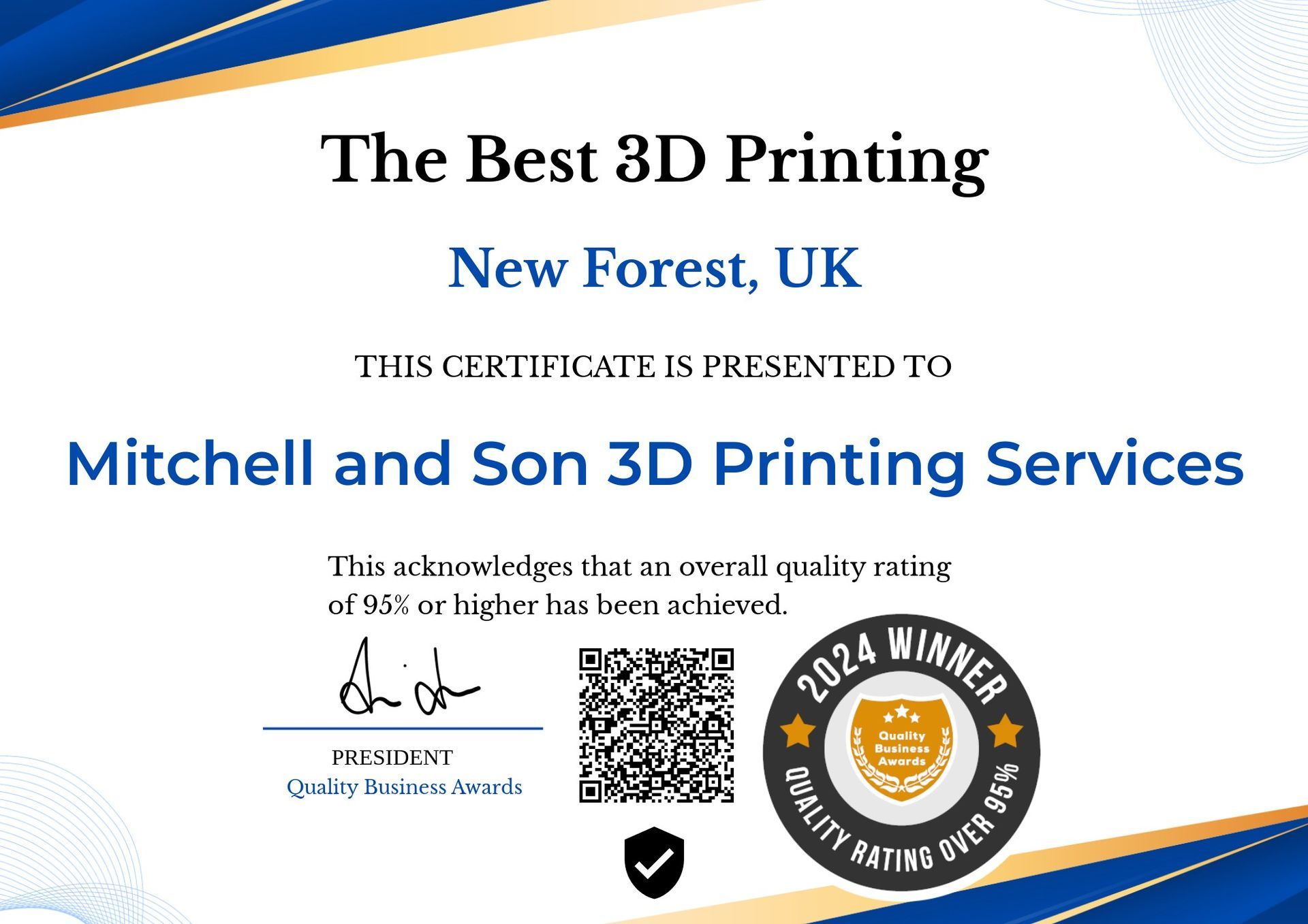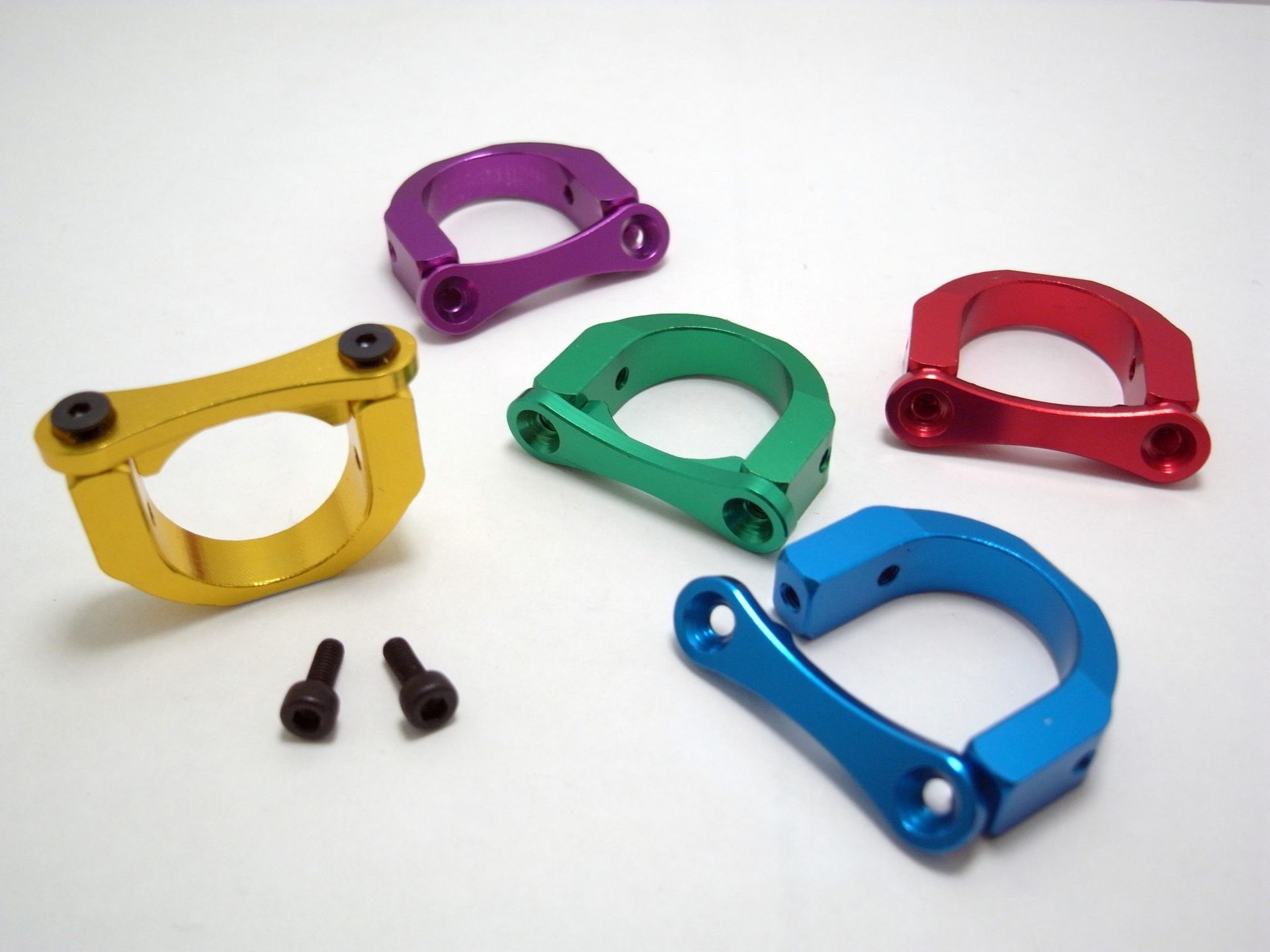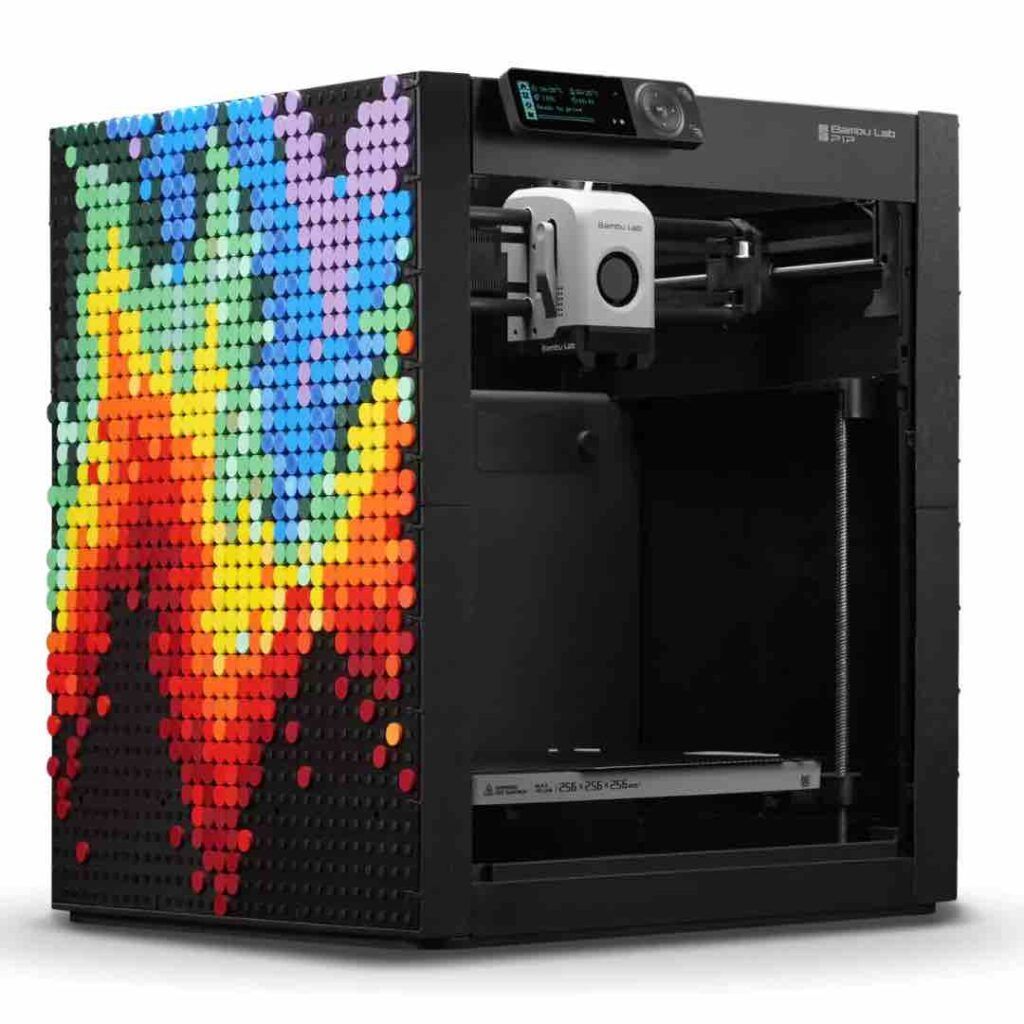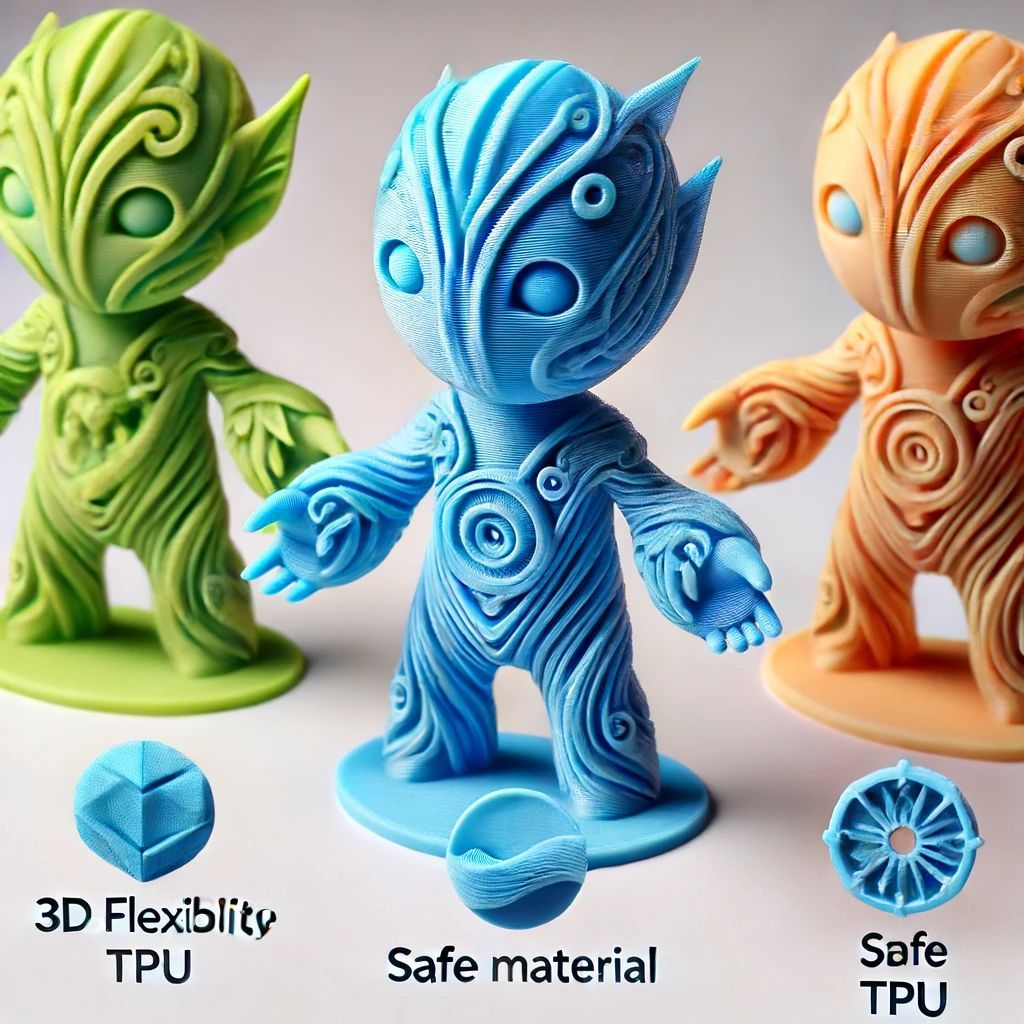How much does it cost to pay someone to 3D print something?
The Comprehensive Guide to 3D Printing Costs: What You Can Expect to Pay

Introduction: Navigating the World of 3D Printing Costs
When it comes to the fascinating landscape of 3D printing, one question often dominates the conversation: "How much does it cost to pay someone to 3D print something?" Understanding the financials surrounding this emerging technology isn't just a matter of curiosity; it's crucial for businesses, hobbyists, and anyone interested in leveraging 3D printing capabilities.
In this comprehensive guide, we'll delve into the various factors that influence 3D printing costs, helping you make informed decisions.
The Components That Influence 3D Printing Costs
Material Cost: The Building Blocks of Your Project
The first factor to consider is the cost of the material itself. Plastics like PLA and ABS are generally less expensive, starting at around £20 per kilogram.
On the other hand, if you opt for specialized materials like PEEK or metal, expect to shell out considerably more.
Complexity and Size: More than Just Dimensions
3D printing is not a one-size-fits-all solution. A more complex design requires intricate movements from the printer, which takes time and increases costs. Similarly, larger objects necessitate more material and longer print times.
Labor and Expertise: The Human Element
The complexity of the design isn't just a technical issue; it's also a human one. Expertise in CAD design and 3D printing technology translates into labor costs. Prices can range from £20 to £100 per hour depending on the level of expertise required.
Service Providers vs. DIY: Making the Right Choice
One crucial decision you'll face is whether to go for a service provider or invest in a 3D printer yourself. Service providers typically charge a mark-up, but they also offer invaluable expertise and often have more advanced machines.
DIY can be more budget-friendly in the long run but expect a steep learning curve and initial investment costs.
Additional Costs: Hidden Expenses You Should Be Aware Of
Maintenance and Calibration
3D printers require regular maintenance, which can add to the total cost. Calibration is also vital, especially for more complex projects, and should be factored into the pricing.
Post-Processing
Many people overlook the costs involved in the finishing touches. This includes activities such as sanding, painting, or assembling multiple parts, which are labor-intensive and can significantly increase the overall price.
Conclusion: Making Sense of 3D Printing Costs
Understanding the costs involved in 3D printing is not straightforward, but by considering factors such as material costs, complexity, labor, and additional expenses, you can gain a clearer picture of what to expect.
Whether you're a business looking to streamline operations or a hobbyist eager to experiment, grasping the economics of 3D printing is the first step towards a successful project.
By staying informed and planning accordingly, you'll be well-equipped to navigate the world of 3D printing, ensuring that you not only meet your creative and operational objectives but also achieve cost-effectiveness.
So the next time someone asks, "How much does it cost to pay someone to 3D print something?" you'll be the go-to authority with a nuanced answer.

